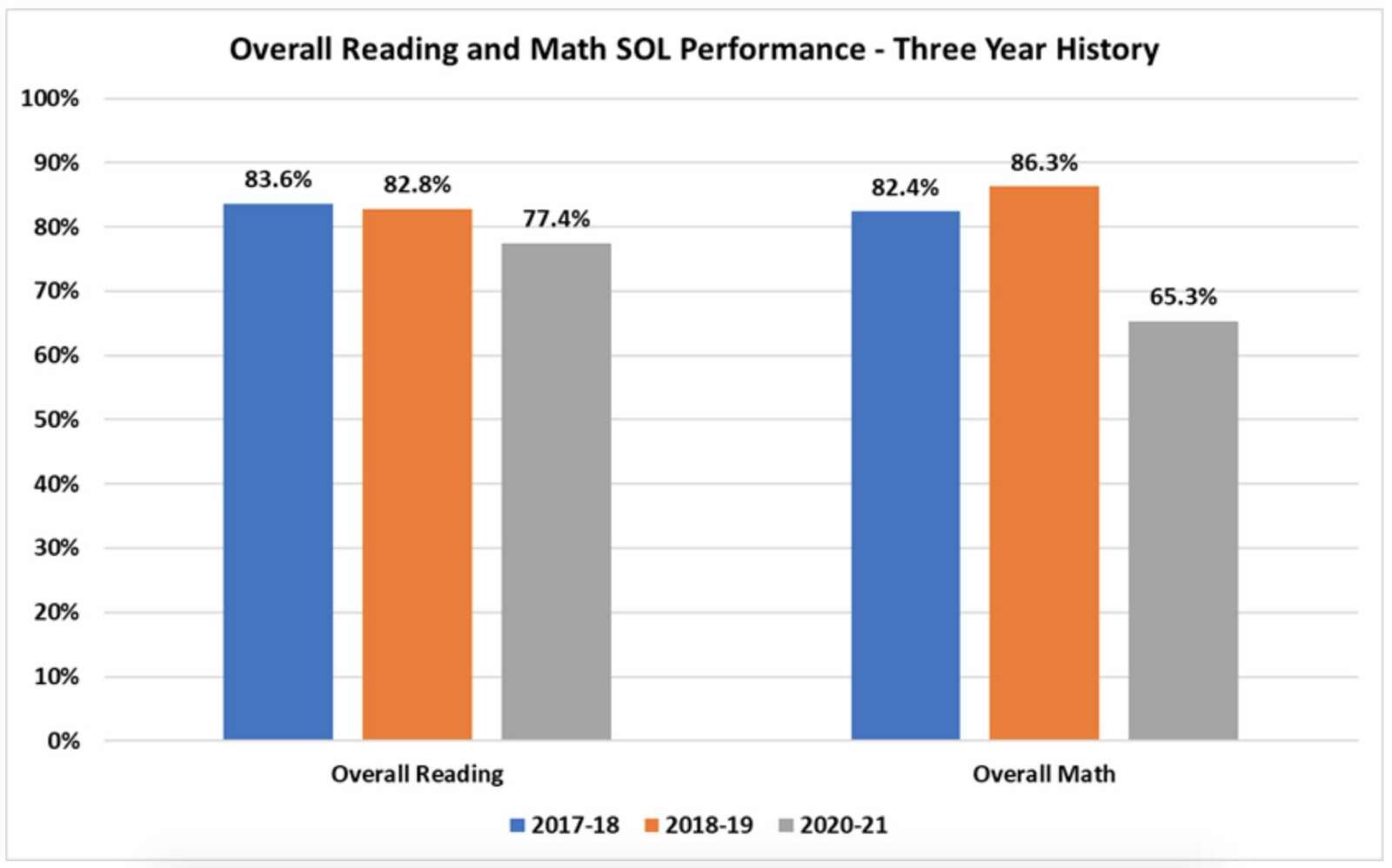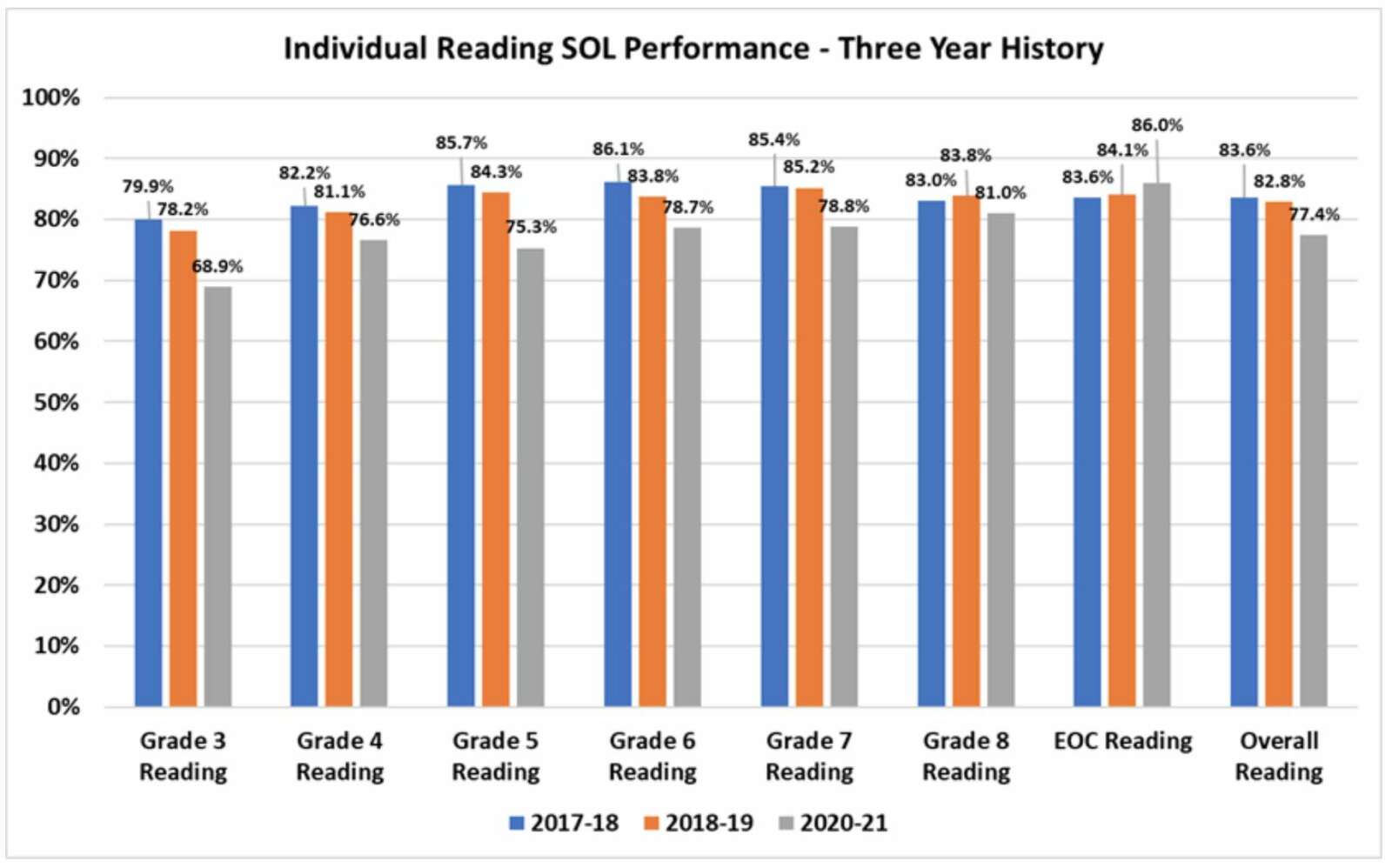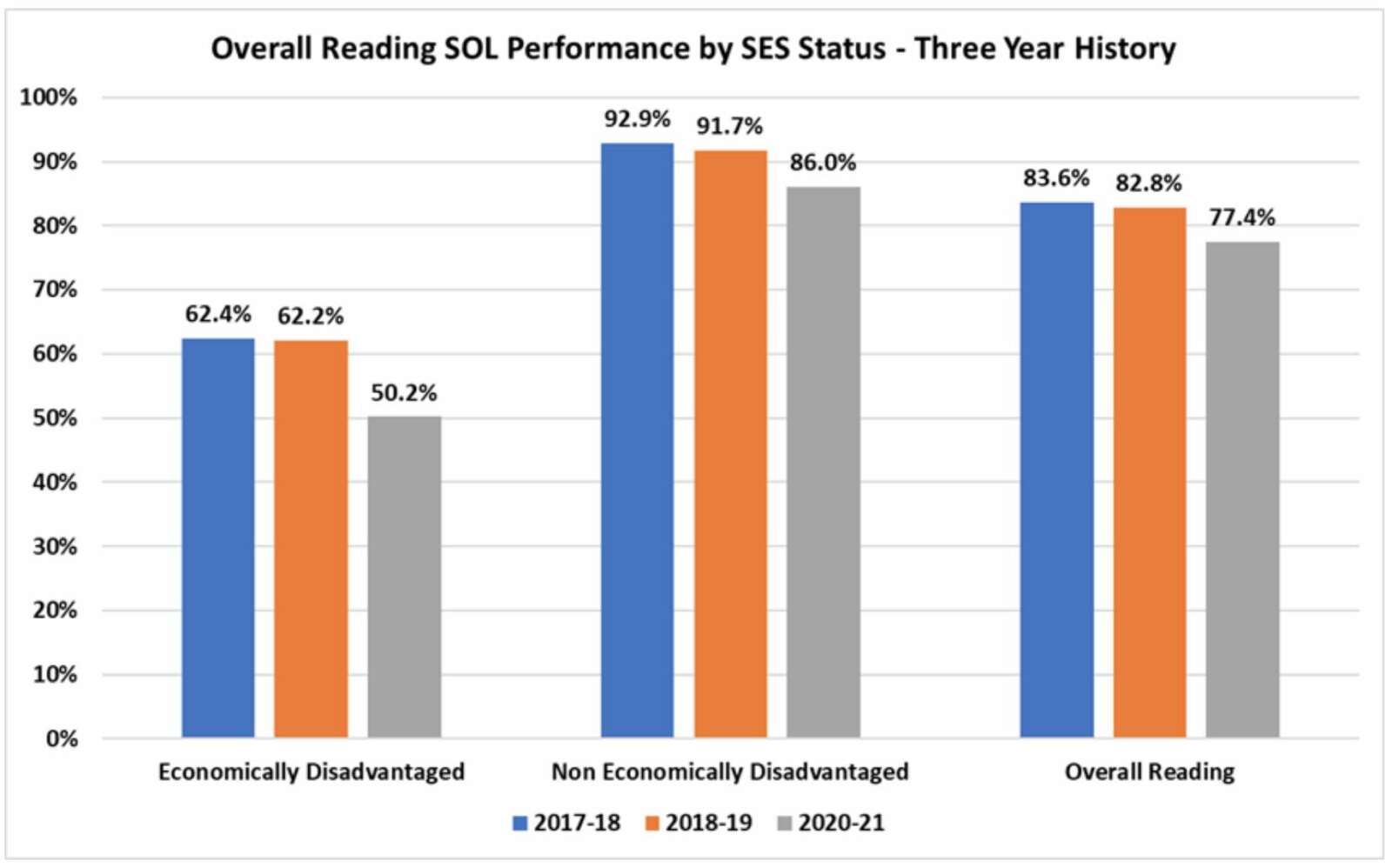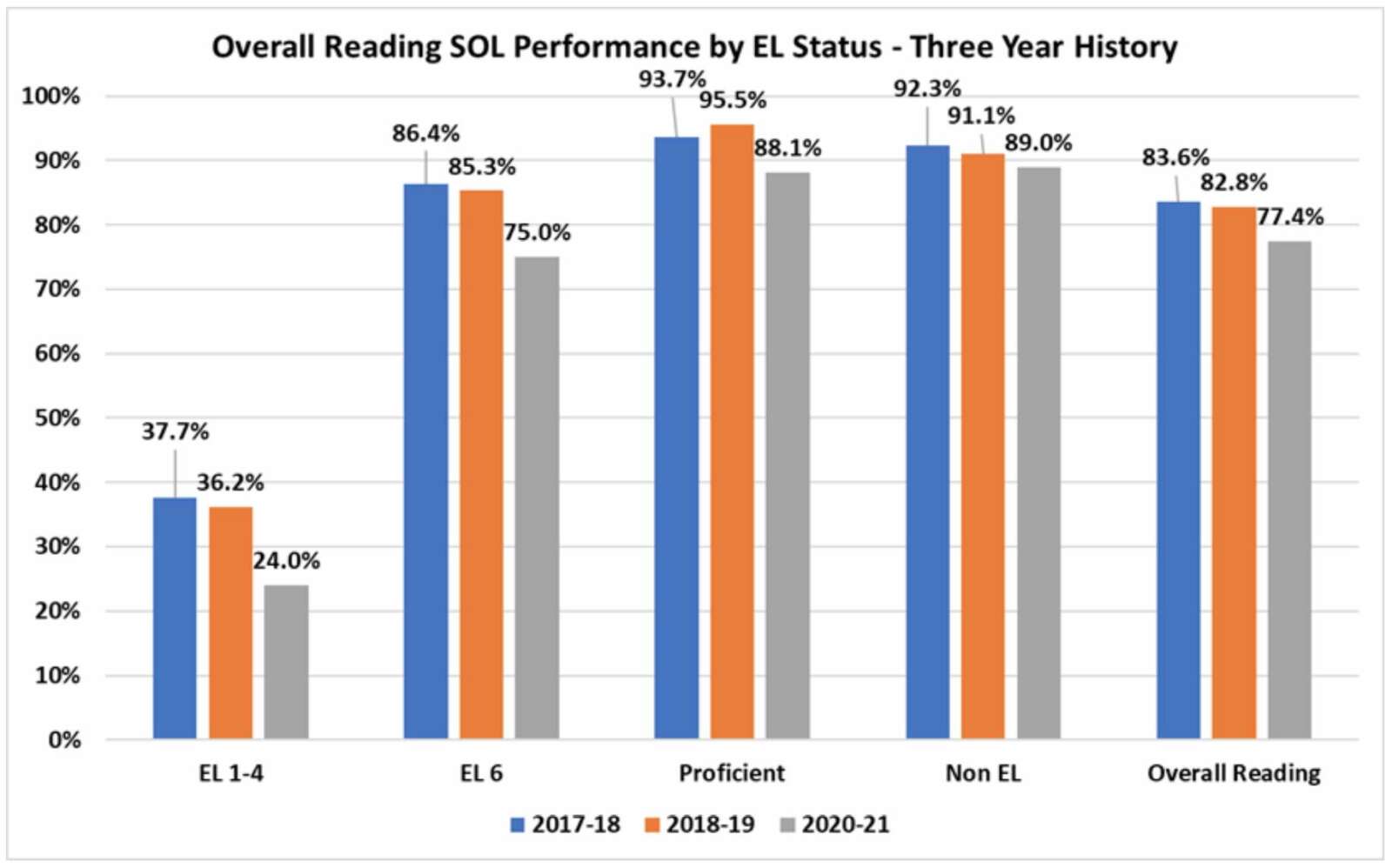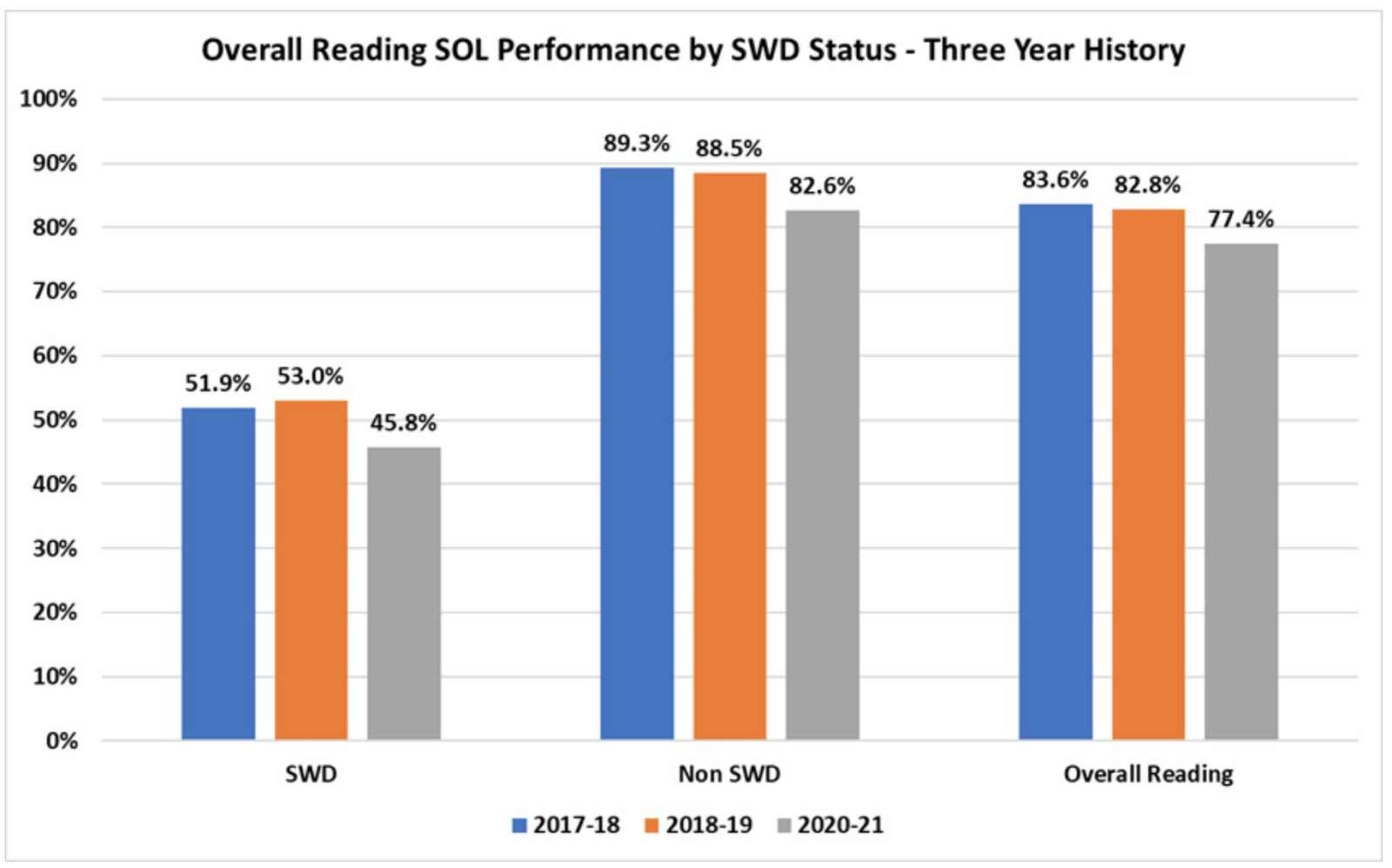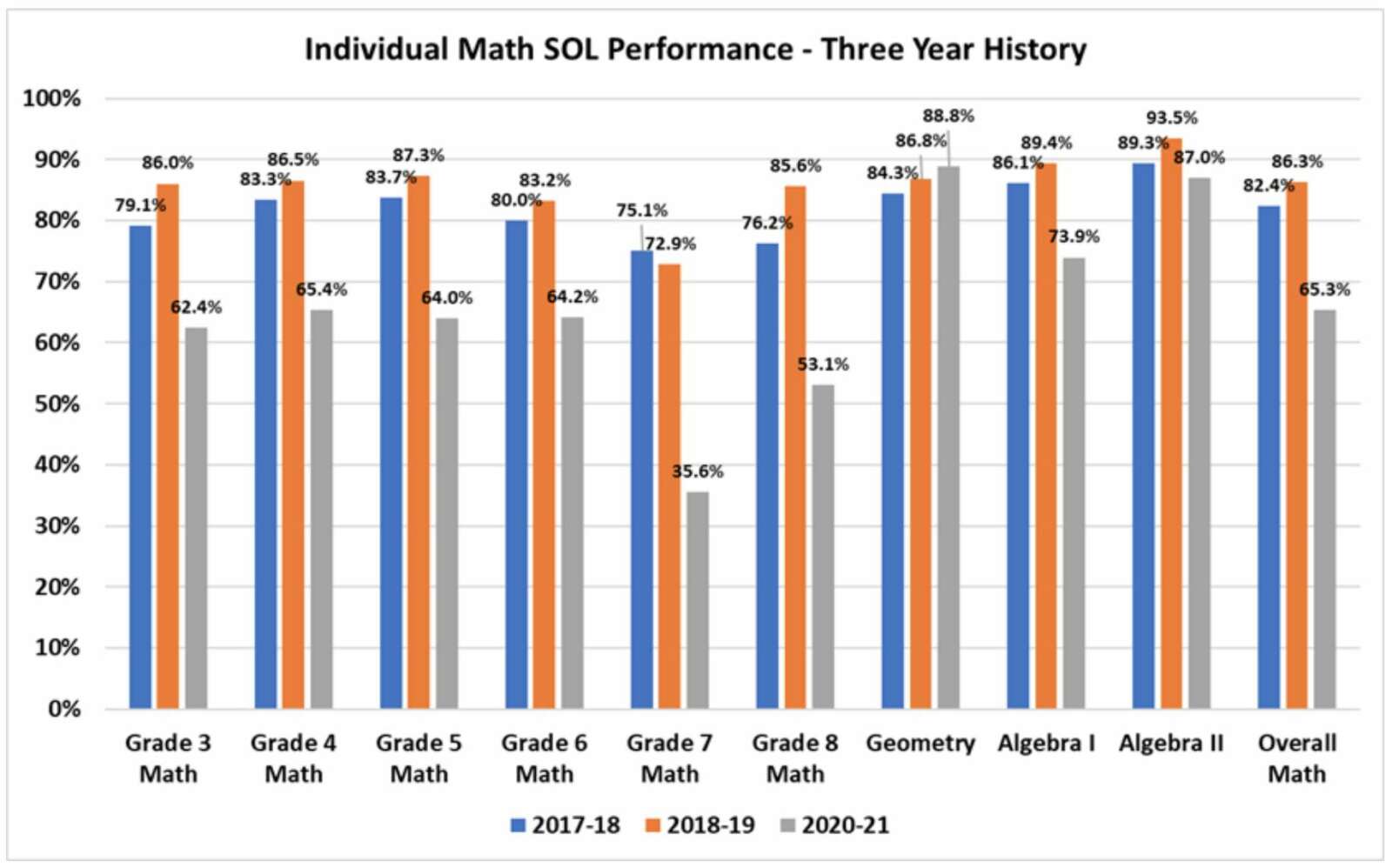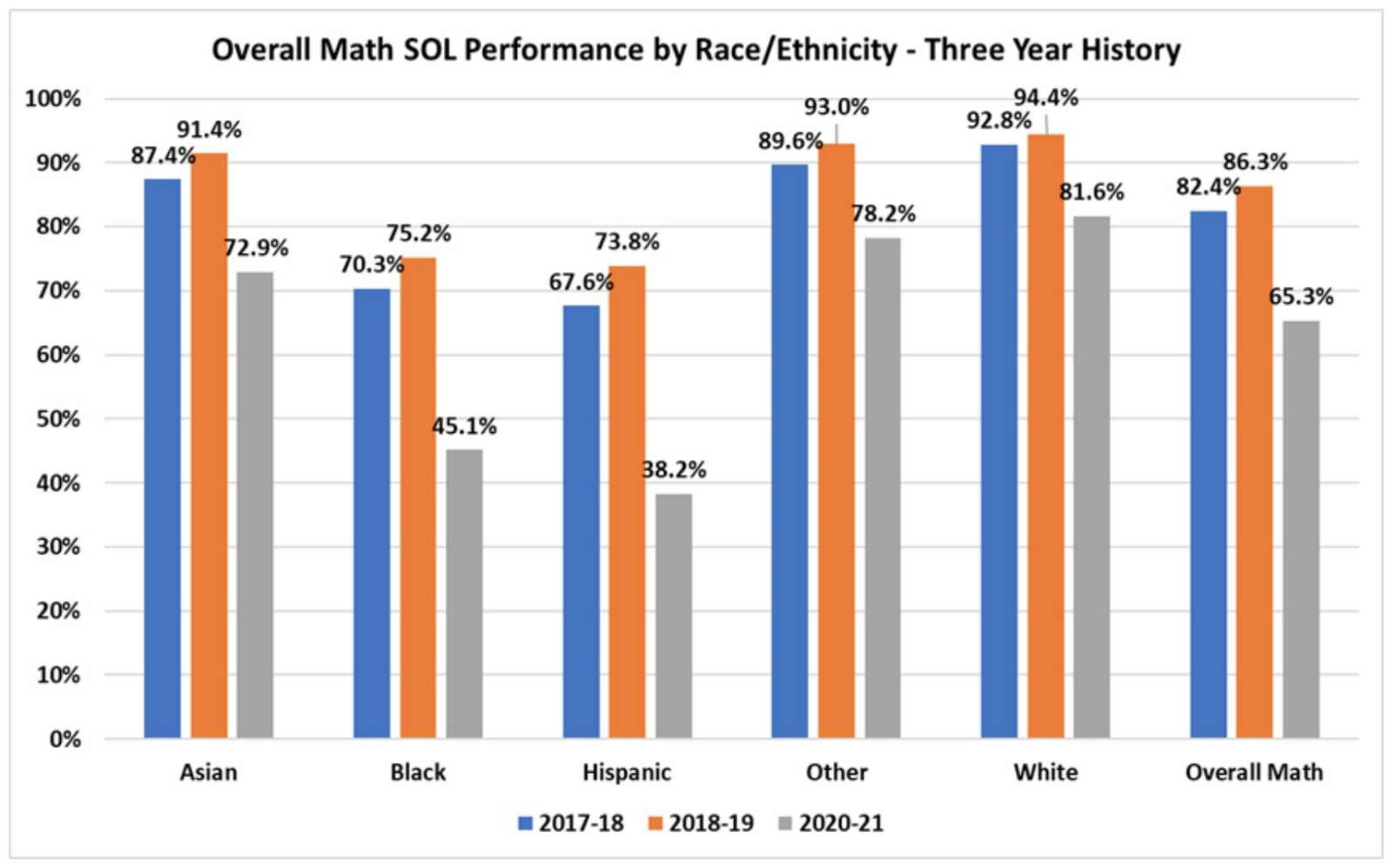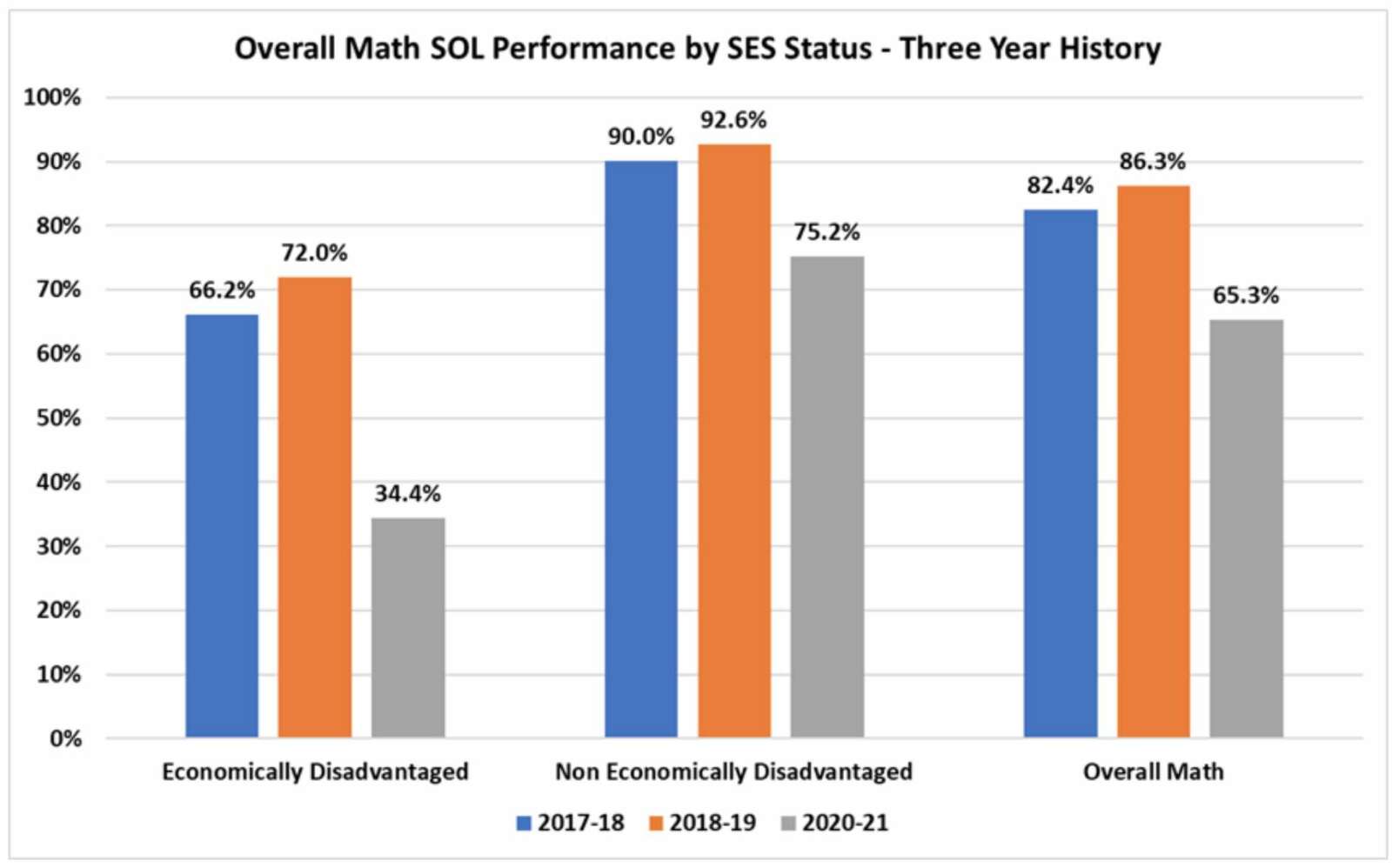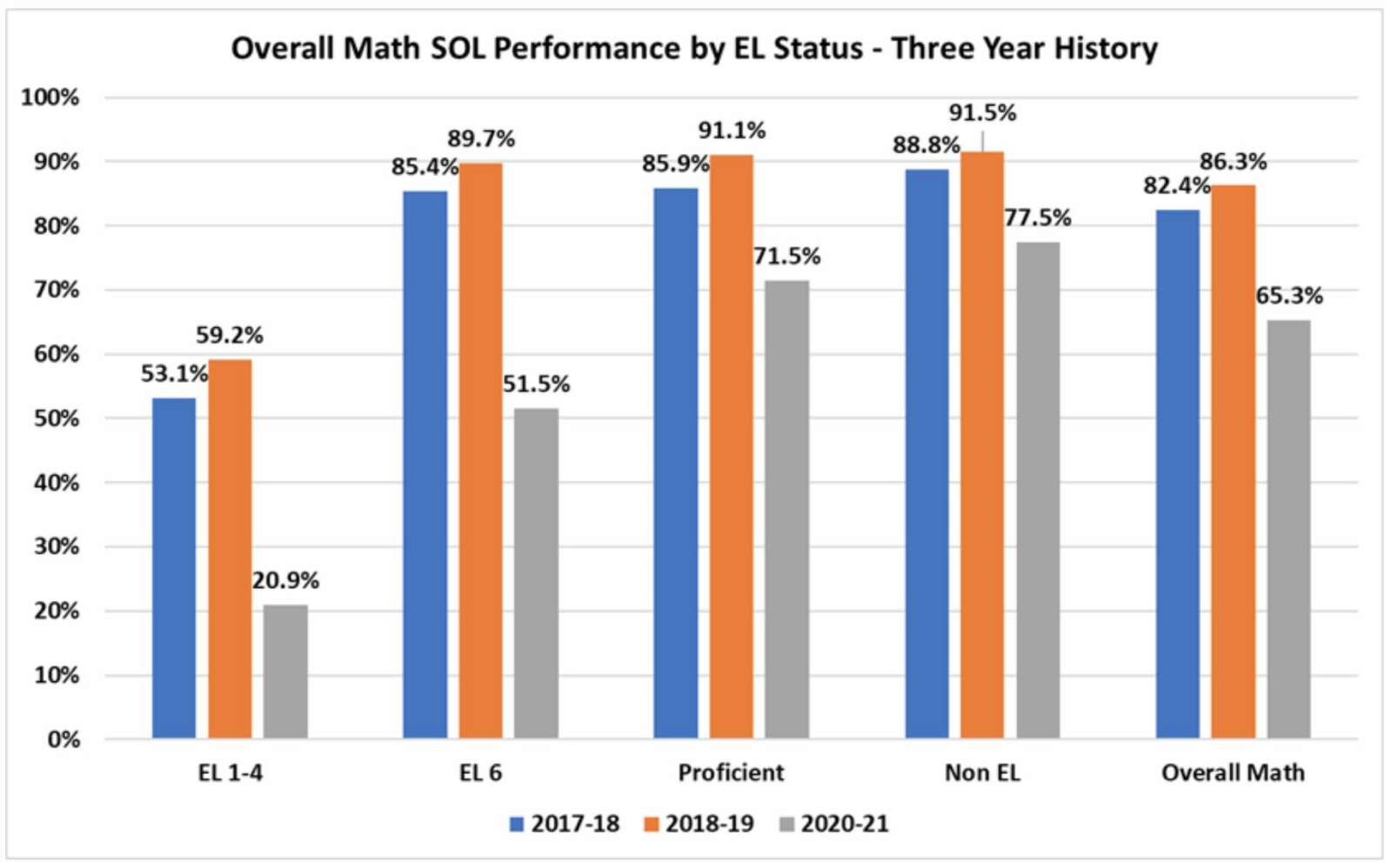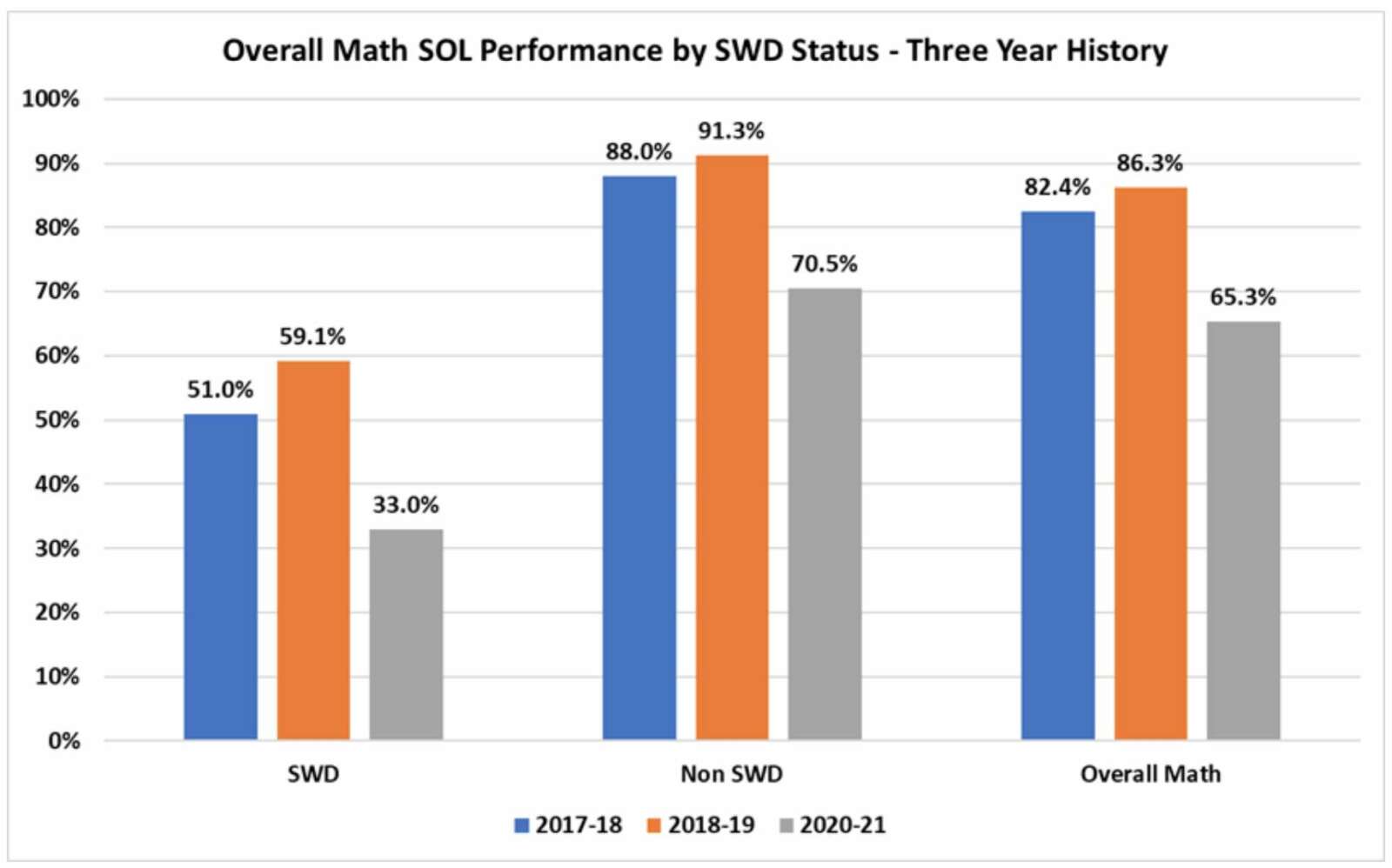For the first time since March 2020, most Arlington Public Schools students will be in their classrooms for five days of in-person learning, starting Monday.
Some students will continue at a distance, but overall, the school system says it is focused on three areas this year: accelerated learning, health and safety, and social-emotional learning, according to last night (Thursday’s) School Board meeting.
Parent groups meanwhile, tell ARLnow they are keen to see how these plans to close learning gaps and mitigate the virus’s spread are implemented at local schools.
“Accelerated learning is a key focus for us,” Superintendent Francisco Durán told the School Board during the meeting last night. “What that really means is helping teachers help students focus on grade-level material, while reinforcing what they know from the previous year and what gaps they may have to help them move forward.”
Students will be taught grade-level material with any supports needed to make the content accessible, he said. Teachers will build social-emotional learning into the school day.
Administrators pointed to performance this spring on state standardized tests to illustrate the impact of distance learning. But the data, which contrasted performance in the 2020-21 year with those of the 2017-18 and 2018-19 school years, came with a number of caveats from the Virginia Department of Education.
Participation in VDOE’s Standards of Learning (SOL) testing during the 2020-21 school year was down “significantly” in all subject areas compared with pre-pandemic participation, according to a presentation. For example, only 75.5% of students in tested grades took reading tests in last year, and just under 79% took math tests, compared with 99% in both subjects in 2018-19.
“The major takeaway is that districts should not use 2021 SOL results to compare to previous years,” according to a presentation slide. “Given the wide variability in participation and modalities, comparison of APS students’ scores with neighboring divisions scores is discouraged.”
A few drops were particularly stark, especially in math. Performance rates dropped 20-40 percentage points for students in grades 3-8, for low-income students, for Black, Hispanic and Asian students and for emerging English-language learners.
“Virtual learning had a tremendous impact on mathematics progress,” Superintendent for Teaching and Learning Bridget Loft said last night.
In a statement, Arlington Parents for Education — which advocated for full-time in-person learning while APS was offering remote and then two-day-per-week in-school learning — said the results should surprise no one.
“Superintendent Durán and the school board made a choice to keep Arlington public students from receiving a full day of instruction for over a year. That choice had many consequences — none so obvious now as the staggering drop in academic decline illustrated in this data,” APE said. “[It’s] the students who didn’t have access to outside tutors, at-home support from parents or pod coaches who were set even further behind their peers.”
The group said APS must tackle educational disparities with research-based best practices and increased instructional time.
Turning to mitigation strategies, Durán said every staff member has to be fully vaccinated by Sept. 13 or submit to weekly testing. Students who opt in will be tested for the virus weekly at school. Masks will be required at all times in school buildings — except when people are actively eating or drinking — and families will be expected to check their kids daily for symptoms.
“We’ve seen in school divisions where they’ve had outbreaks… it was determined kids went to school, and employees showed up, while showing symptoms,” Durán said. “Please do not send [children] to school if they’re not feeling well. Everyone needs to do their part.”
If a positive case is reported, the entire school will be notified. Previously, APS declined to release information on individual Covid cases, citing health privacy concerns.
“That is an important change that we are doing this year to make sure all our families feel safe,” Durán said. “It’s something we heard a lot from parents, that they were not aware of cases in schools.”
APS has publicly reported 116 positive coronavirus cases among students and 559 close contacts over the course of the pandemic, according to the summary page of its case dashboard. Among staff, there have been 42 positive cases and 176 close contacts.
(The school system discouraged looking at the more detailed list of positive cases available on its online dashboard, where case numbers are much higher, saying those numbers are self-reported and could contain duplicates, and could reflect data dumps rather than a chronological look at when infection or exposure occurred.)
Watching new cases get reported, the County Council of PTAs and Smart Restart — a group that is advocating for stronger safety measures in APS buildings, including new filtration devices — have both been lobbying for outdoor lunch as the default.
Durán said every school has a full or partial plan for outdoor lunch, with “consistent measures in place to keep indoor dining as safe as possible.”
APS spokesman Frank Bellavia said these plans are being communicated to families this week and will be posted on each school’s webpage. Additional staff are being hired to monitor lunch and APS is working with the county to obtain resources such as tents.
The CCPTA is compiling these plans so parents can contrast them and talk to their PTAs, school administrators and elected officials about improvements.
“Parents should know that some schools are taking those extra steps to prevent airborne transmission during meals by mandating outdoor lunch, or dispersing indoor lunch, but their school may not be one of them,” Claire Noakes, CCPTA Vice President of Policy tells ARLnow. “In fact, some school plans do not indicate that the cafeteria has higher filtration levels than classrooms and a dedicated HVAC system.”
Noakes said CCPTA members want indoor dining to be for bad weather only, with students dispersed among rooms that meet national ventilation standards. Until that can be done, she said, schools need to tell parents what they’re doing to address heightened risks.
And they may want it to stay.
“We heard feedback that outdoor eating brings co-benefits for students in terms of extra opportunities for movement and reduced levels of agitation from the busyness and noise of packed cafeterias,” she said.


